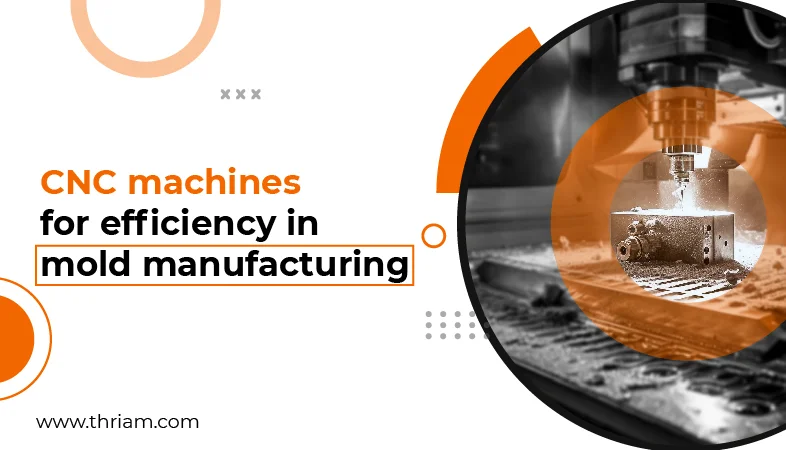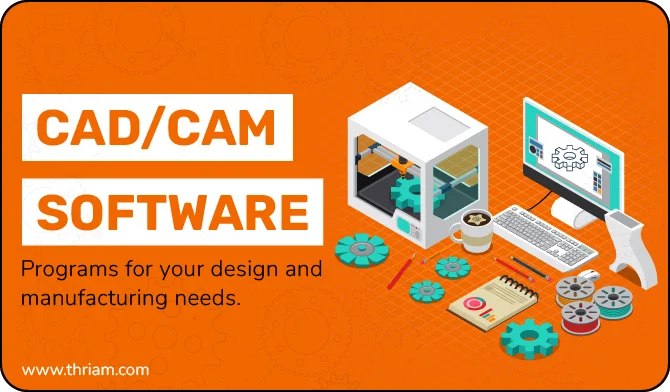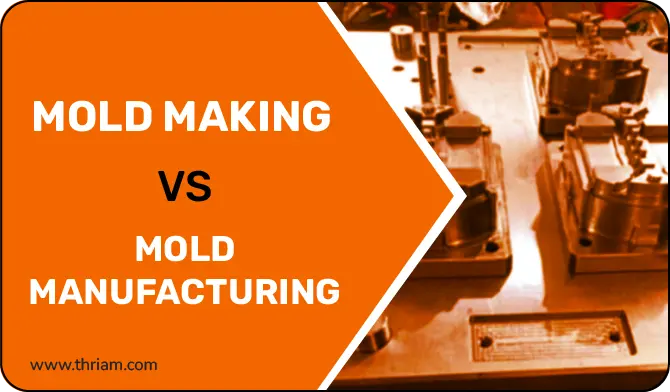Maximizing Efficiency and Reducing Costs: Tips for Optimizing Mold Manufacturing for Cost Efficiency
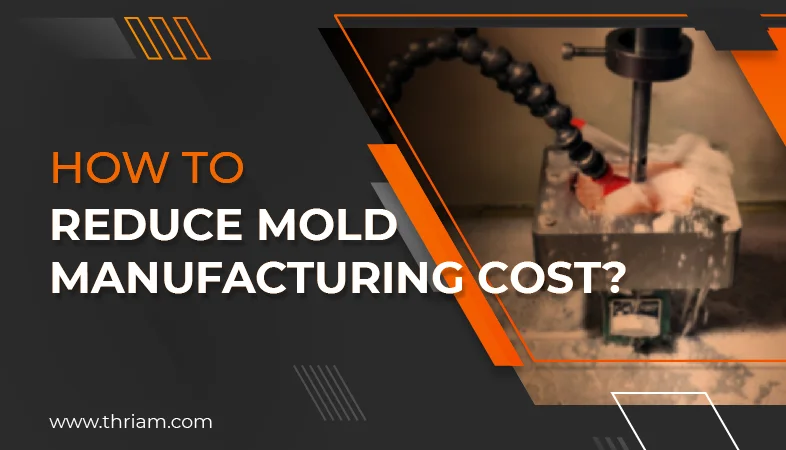
Introduction:
Mold manufacturing plays a crucial role in various industries, ranging from automotive to consumer goods. As competition continues to increase, it becomes essential to optimize the manufacturing process for cost efficiency. In this blog post, we will explore various tips and strategies for reducing costs and maximizing efficiency in mold manufacturing.
Understanding Mold Manufacturing:
Mold manufacturing is a crucial process used in various industries to shape materials into specific forms. From automotive components to consumer goods, molds play a vital role in producing a wide range of products. Understanding the basics of mold manufacturing is essential for manufacturers involved in this process. Let's explore the key aspects of mold manufacturing and how it works.
What is Mold Manufacturing?
Mold manufacturing involves the creation of molds, which are hollowed-out forms or shapes used to shape materials into desired configurations. These molds, typically made from metal or other durable materials, act as a framework or template for the material being molded. They are designed to have the exact shape, texture, and dimensions required for the final product.
Factors Affecting Cost in Mold Manufacturing:
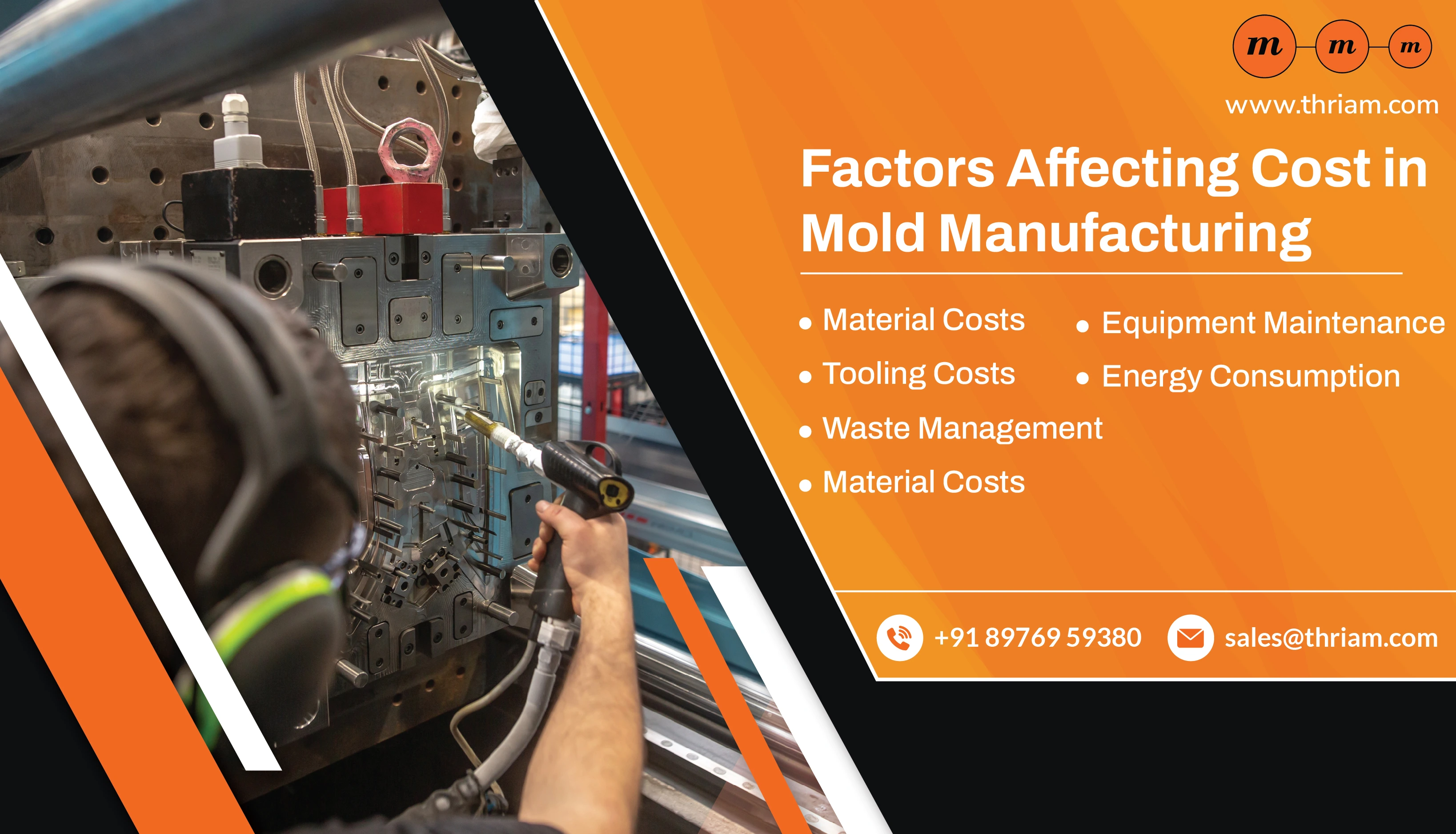
Mold manufacturing is a critical process in various industries, from automotive to consumer goods. When it comes to optimizing mold manufacturing for cost efficiency, understanding the factors that contribute to overall costs is essential. By identifying and addressing these factors, manufacturers can reduce costs and maximize efficiency. Let's take a closer look at the key factors affecting cost in mold manufacturing.
Material Costs:
The choice of materials used in mold manufacturing can significantly impact costs. High-quality materials often come at a higher price, which can drive up manufacturing expenses. It is crucial to strike a balance between material quality, performance, and cost-effectiveness. Evaluating alternative materials and conducting cost analyses can help identify cost-effective options without compromising quality.
Labor Costs:
Labor costs play a significant role in mold manufacturing. Skilled labor is required to operate specialized machinery and carry out intricate manufacturing processes. Higher labor costs can arise from factors such as workforce scarcity, training requirements, and wage expectations. Manufacturers can optimize labor costs by investing in employee training and skill development, improving workflow management, and exploring automation and robotics to streamline processes.
Tooling Costs:
Tooling is a critical component in mold manufacturing. The design and production of molds require precision tooling, which can contribute to a considerable portion of the manufacturing cost. Complex mold designs with intricate features may require more sophisticated tooling, resulting in higher costs. By simplifying mold designs and optimizing tooling processes, manufacturers can minimize tooling costs while maintaining quality and functionality.
Equipment Maintenance:
Regular maintenance and upkeep of equipment are essential to ensure optimal performance and prevent breakdowns. Neglecting equipment maintenance can lead to unexpected downtime and higher maintenance costs. By implementing a proactive maintenance schedule and addressing any issues promptly, manufacturers can reduce downtime, increase productivity, and minimize associated costs.
Waste Management:
Effective waste management is crucial in mold manufacturing. Material waste, such as leftover raw materials and scrapped products, can contribute to increased costs. By implementing waste reduction practices, such as recycling and reusing materials, optimizing material handling processes, and minimizing production inefficiencies, manufacturers can reduce waste and the associated costs.
Energy Consumption:
Energy consumption can impact manufacturing costs, especially in processes that require heating, cooling, or machine operation. Optimizing energy consumption through efficient equipment and process design, implementing energy-saving techniques, and exploring alternative energy sources can help reduce energy costs significantly.
Tips for Reducing Costs in Mold Manufacturing:
A. Design Phase:
During the design phase, incorporating cost-effective strategies can significantly impact the overall manufacturing cost. Some tips include:
- Emphasizing simplicity in design: Complex designs often require more sophisticated tools and machinery, increasing costs. Simplifying the mold design can reduce manufacturing complexities and lead to cost savings.
- Utilizing standardized components: Whenever possible, using standardized components can help reduce costs and simplify the manufacturing process.
- Design for manufacturability principles: Designing molds with ease of manufacturing in mind can eliminate potential issues and streamline the production process.
B. Material Optimization:
Material selection and utilization can greatly impact the manufacturing cost. Consider the following tips:
- Selecting cost-effective materials: Research and select materials that offer a balance between quality and cost. Analyze if alternative materials can be used without compromising functionality.
- Minimizing material waste: Implementing efficient material handling and storage practices can minimize waste and reduce costs.
- Exploring alternative materials: Investigate different materials that can substitute expensive ones without sacrificing quality or performance.
C. Process Efficiency:
Efficient processes lead to cost savings and increased productivity. Here are some tips to maximize process efficiency:
- Optimizing tooling and machinery: Regular maintenance and calibration of equipment ensure optimal performance, reducing downtime and maintenance costs.
- Implementing lean manufacturing principles: Eliminate unnecessary steps, reduce lead times, and focus on value-added activities to improve efficiency.
- Utilizing automation and robotics: Integrate automation and robotics to streamline repetitive tasks, boost efficiency, and reduce labor costs.
D. Supplier and Outsourcing Management:
Effective supplier and outsourcing management can positively impact costs. Consider the following strategies:
- Choosing reliable and cost-effective suppliers: Picking the right suppliers who offer competitive pricing and quality materials can help control costs.
- Considering strategic outsourcing options: Assess if certain manufacturing stages or components can be outsourced to lower-cost regions or external suppliers.
- Negotiating favorable contracts: Negotiate contracts with suppliers to secure better pricing, volume discounts, and long-term partnerships.
E. Quality Control and Inspection:
Maintaining high quality while minimizing costs is critical. Ensure quality with the following tips:
- Implementing a robust quality control system: Establish stringent quality standards and processes to reduce product defects and rework.
- Regular maintenance and calibration of equipment: Regularly maintain and calibrate machines to ensure accurate production and minimize production inconsistencies.
- Utilizing statistical process control techniques: Implement statistical techniques to monitor and control production processes, reducing variability and waste.
F. Waste Reduction:
Minimizing waste not only reduces costs but also ensures a sustainable manufacturing process. Consider the following waste reduction strategies:
- Identifying and analyzing sources of waste: Conduct regular waste audits to identify inefficiencies and areas for improvement.
- Implementing waste reduction strategies: Introduce practices such as recycling, reusing materials, and optimizing energy consumption to minimize waste.
- Recycling and reusing materials: Whenever possible, recycle and repurpose materials to reduce waste and lower material costs.
Maximizing Efficiency in Mold Manufacturing:
A. Workflow Optimization:
Efficient workflow management helps streamline processes and reduce costs. Consider the following tips:
- Streamlining production processes: Analyze and optimize the sequence of production steps to minimize delays and downtime.
- Optimizing scheduling and logistics: Effective production planning and logistics management can reduce lead times and unnecessary inventory.
B. Employee Training and Skill Development:
Investing in employee training and skill development can enhance efficiency. Focus on:
- Providing comprehensive training programs: Train employees to operate machinery effectively and efficiently, promoting best practices.
- Encouraging continuous learning and improvement: Foster a culture of learning and improvement within the organization to foster innovation and productivity.
C. Collaboration and Communication:
Effective collaboration and communication between teams is essential for streamlined operations. Consider these strategies:
- Promoting effective communication among teams: Encourage open and transparent communication between design, production, and quality control teams to prevent miscommunication and delays.
- Encouraging collaboration between departments: Foster cross-functional collaboration to identify improvement opportunities and leverage collective knowledge.
D. Technology Integration:
Adopting advanced manufacturing technologies can significantly enhance efficiency. Consider the following tips:
- Utilizing software and tools for improved efficiency: Implement computer-aided design (CAD) software, simulation tools, and process optimization software to streamline design and manufacturing processes.
- Adopting advanced manufacturing technologies: Embrace technologies such as additive manufacturing, 3D printing, and robotic automation to optimize efficiency and reduce costs.
Conclusion
Optimizing mold manufacturing for cost efficiency requires a comprehensive approach that includes design optimization, material selection, process enhancements, waste reduction, and efficient workflow management. By implementing the tips and strategies mentioned in this blog post, manufacturers can significantly reduce costs and maximize efficiency, ultimately improving their competitiveness in the market. Continuous improvement and adaptation are crucial in the mold manufacturing industry, enabling manufacturers to stay ahead in a highly competitive market.
